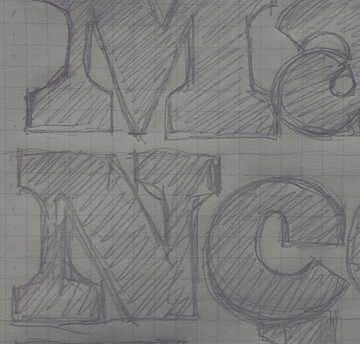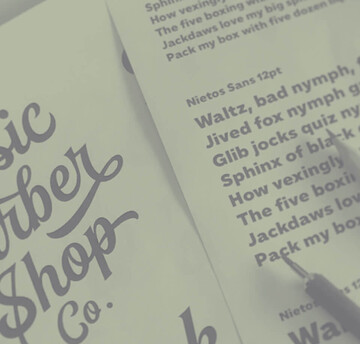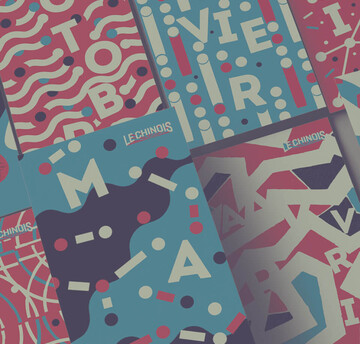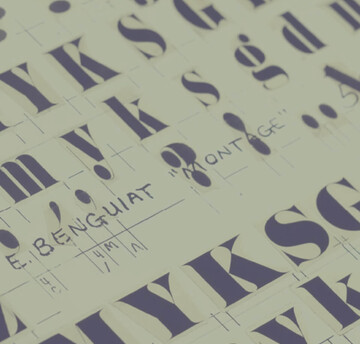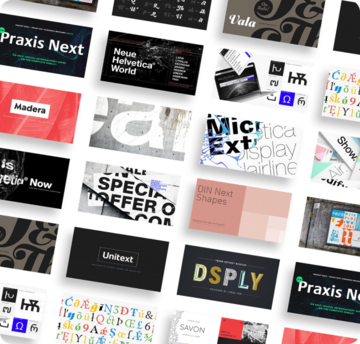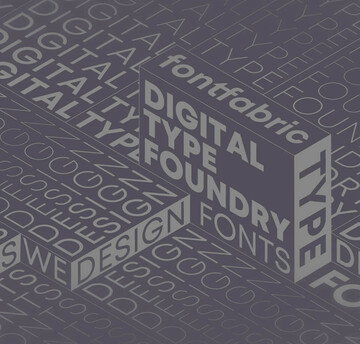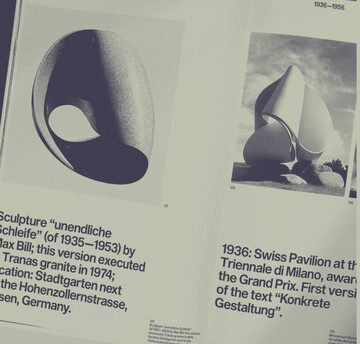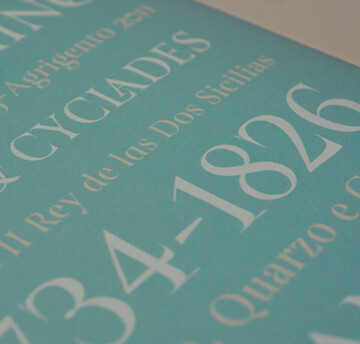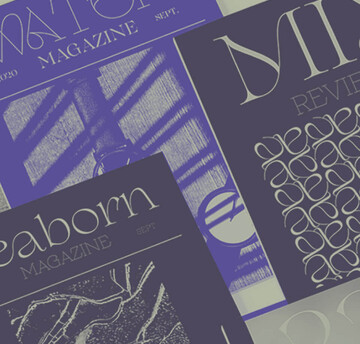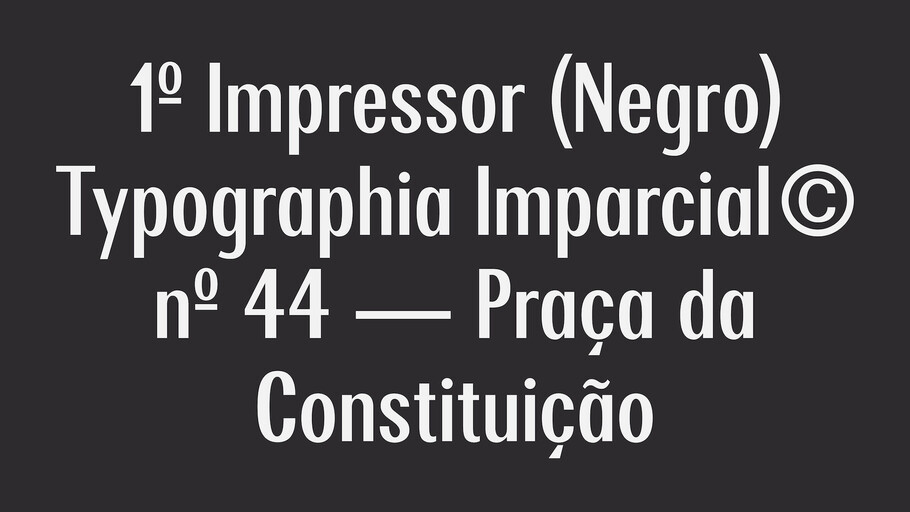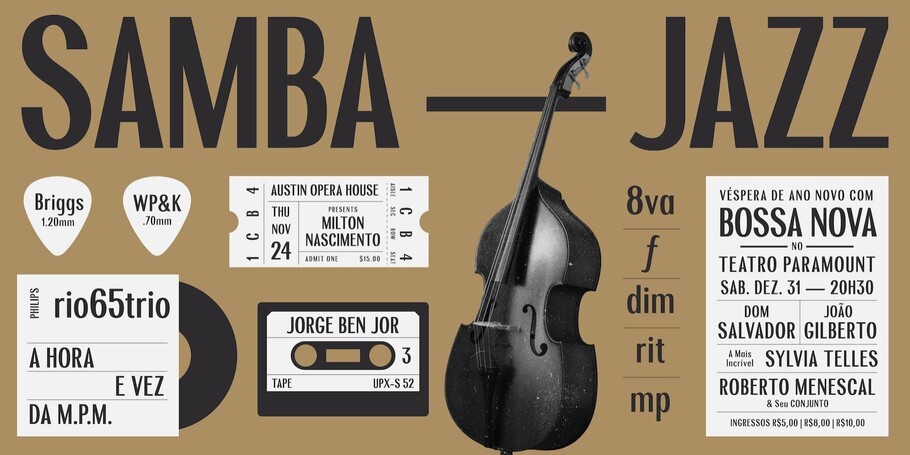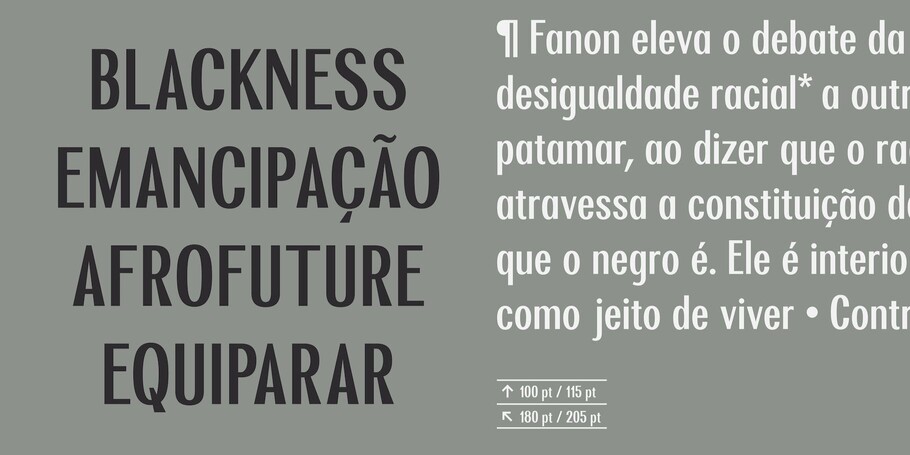Meet the 2024 Adé Hogue Scholarship recipient: Patrick Guanaz.
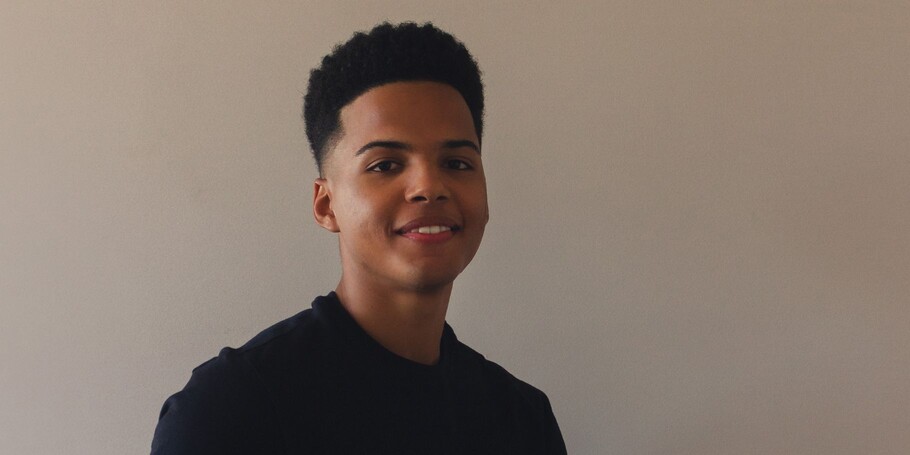
Patrick Guanaz.
Every year, Monotype and the Type Director’s Club (TDC) award the Adé Hogue Scholarship to an outstanding US-based BIPOC student entering the design industry. This prestigious scholarship, formerly called the “Superscript Scholarship” pays tribute to Broderick “Adé” Hogue, a Chicago-based art director and letterer who was tragically killed in 2021 at the age of 32 while cycling in Chicago’s Near North Side.
This merit-based scholarship helps pay the tuition for one BIPOC student, a rising senior, whose design work demonstrates exceptional talent, sophistication and skill in the use of modern typography.
We spoke with the 2024 scholarship winner, Patrick Guanaz, a senior at Centro Universitário Senac in São Paulo, Brazil. Patrick’s mastery is evident across various design domains, including identity, packaging, editorial, environmental graphics, and signage, demonstrating his grasp of design’s cultural implications. His dedication to his craft was first acknowledged when he was named a finalist at the Latin American Design Awards 2024 for the Reparação Bold project. We spoke about design as activism, his love for research, and “straightforward” design.
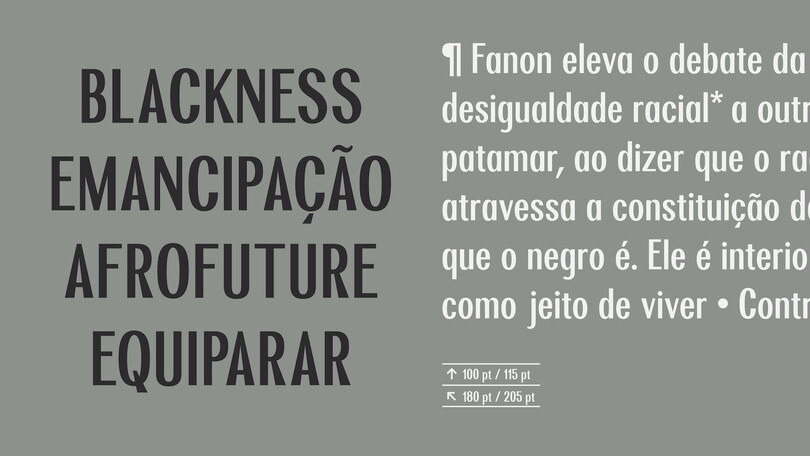
What made you decide to study design—were you always interested in creative pursuits?
Yes! When I was a kid, I used to spend hours upon hours drawing and I had an extensive collection of stickers, I simply loved staring at captivating visuals. Then, as I got older, the admiration for the things I saw transformed into passion for making things of my own. But I guess the real pivotal moment was when I started researching design and discovered all the qualities I would have to develop as a person to become a great designer.
How would you describe your design style?
I like to approach every project by putting significant emphasis on the research, this to me is a way of expanding the possibilities of making strong, unexpected connections. As far as the visual language goes, I would say my work can be described as straightforward, not in a simple manner, I refer to a straightforwardness that is achieved by removing the excesses after an assiduous experimentation process.
How do you use design as activism? Tell us about the process of designing Reparação Bold.
To be honest, with Reparação Bold the goal was not activism at first, it was something that grew as a spontaneous response to the project’s needs. When it came time to design my first typeface, I knew I wanted to do something related to my identity. Being Black and Brazilian, I felt I had not dived deep enough into these questions to make sense of some of my experiences, and when you investigate, a lot of the problems we are exposed to as people of color here are closely related to the slavery economy that founded the country, this, coupled with the Black Brazilian historic of resistance made activism a clear path.
Project developed together with Ossian Osborne.
Can you share some of the real-world problems you’re particularly interested in tackling with design?
When I first fell in love with design, I had an overly idealized view of what design can do, that was followed by a period of uncertainty. What’s interesting is that the more I learned, the more I started to see realistic ways in which we can have an impact in society. People’s behaviors are dictated by culture, that’s where we, as designers, have the power to inspire change through the messages we shape. I am particularly interested in partnering with brands, nonprofits and cultural institutions to work on projects that empower marginalized communities and promote upward social mobility.
What role do you think type can play in these kinds of projects?
Through carefully curated/designed letter forms and adequate, innovative composition, typography plays a fundamental role in making information more compelling, memorable and easier to understand so there’s as little friction as possible between communicating a message and positively changing people’s behavior.
What kinds of projects are you working on lately?
I am working on an academic branding/packaging project for a non-alcoholic drink that fosters inclusion by celebrating the growing community of people that choose to stay sober but do not want to be excluded from social gatherings. I am also doing research for a display type design project inspired by the cut-and-fold sculptures of Brazilian concretist, Amilcar de Castro.
How did you hear about the Adé Hogue scholarship?
I’ve been following the Type Directors Club for a while now, so the scholarship is something that has been in the back of my mind for some time. I would literally open the TDC website here and there to see if the application was open.
What do you think made you stand out as a winner for the scholarship?
It’s difficult to be sure what exactly made me stand out among so many talented individuals in the type community, but I do my best to serve a bigger purpose with the projects I work on, so possibly that resonated with the judges.
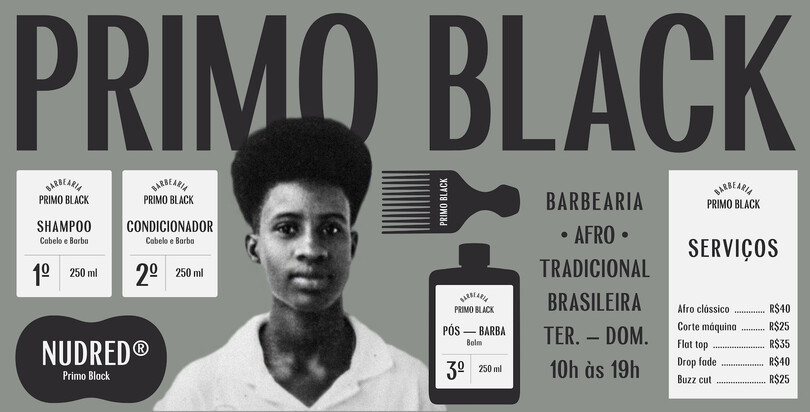
What does the award mean to you personally?
Winning this award means the world to me! A lot of dedication goes into pursuing excellence in the projects I do, so being recognised is a validation of this effort, a sign that I am on the right path and an invitation to keep pushing the boundaries of what I am capable of.
